Crushed stone is a versatile and attractive material that can be used in a variety of landscaping and construction projects. Crushed stone is also known for its durability and versatility in a range of applications. Whether you are planning a new garden bed, installing a new driveway, or embarking on a larger construction project, crushed stone may be an excellent choice for adding both function and aesthetic appeal to your project.
Crushed stone is available in a range of colors, sizes and shapes, depending on the specific application and the desired look and function. Some common sizes of crushed stone include:
- Fine crushed stone: This type of crushed stone is very small, with particles that are typically less than 1/4 inch in size. It is often used as a decorative topping for pathways and driveways, or as a base layer for paving stones.
- Medium crushed stone: This type of crushed stone is slightly larger than fine crushed stone, with particles that are typically between 1/4 inch and 1/2 inch in size. It is often used as a base layer for landscaping projects, or as a drainage layer in construction projects.
- Large crushed stone: This type of crushed stone is much larger than fine or medium crushed stone, with particles that are typically between 1/2 inch and 1 inch in size. It is often used as a base layer for larger construction projects, or as a decorative element in landscaping projects.
How much does crushed stone cost?
The cost of crushed stone can vary depending on a number of factors, including the size and shape of the stone, the location and availability of the material, and the quantity needed for a project. In general, smaller sizes of crushed stone tend to be less expensive than larger sizes, and angular or cubed shapes may be more expensive than round shapes.
Need to figure out how much you need and how much it will cost? Use our materials calculator to determine the amount needed and then contact us for a quote today!
On average, you can expect to pay between $30 and $50 per ton for crushed stone, depending on the size and shape you choose. However, prices can vary significantly based on the specific supplier and location. It is always a good idea to contact us with any questions in regards to pricing or the best crushed stone to purchase for your specific project.
In addition to the cost of the stone itself, delivery fees also apply so keep that in mind, these fees can vary depending on the distance the stone needs to be transported. Overall, it is important to carefully calculate the cost of your crushed stone project to ensure that you have sufficient funds to complete it. Please use our cost calculator to determine the cost from us.
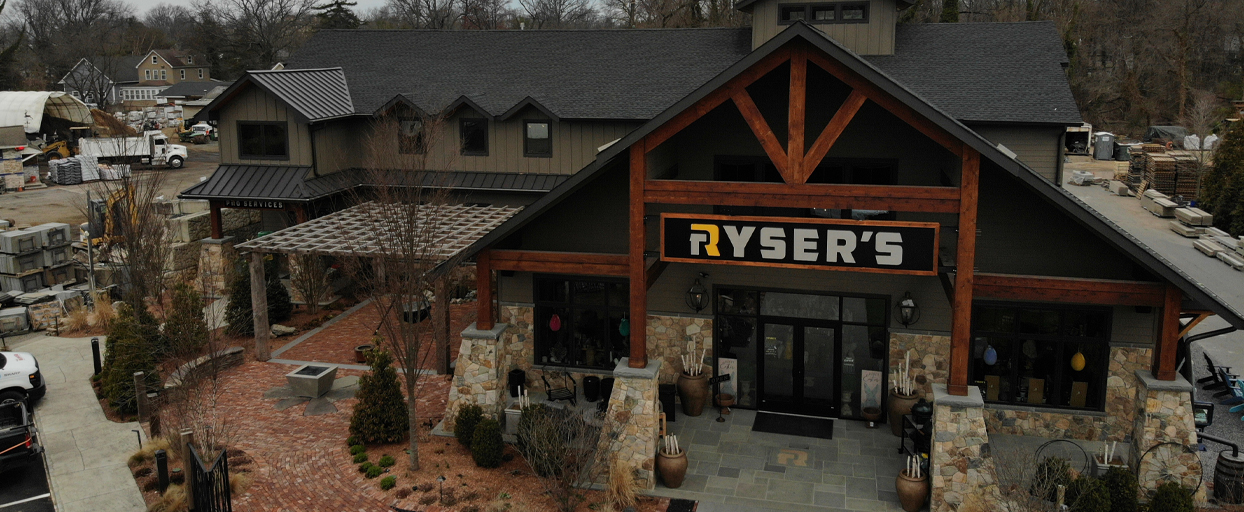
Types of Crushed Stone
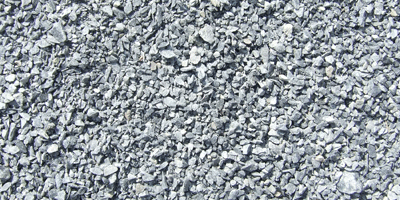
Clean Blue Stone
Clean Blue Stone is a grey blue color and is generally used for driveways and masonry applications. Available in 1.5”, 3/8″ and 3/4″ sizes. The 3/8″ blue is available in two hues – dark and light blue.
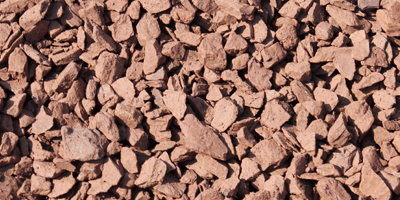
Red Stone
Red Stone (also called barn red) is available in 3/4″ and 3/8″ sizes. It is a jagged edge decorative crushed stone that is popular as a driveway or bedding stone.
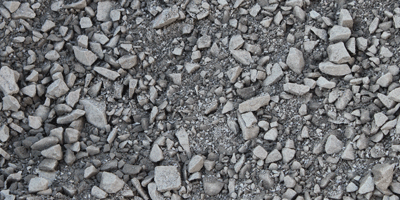
Quarry Process
Quarry Process (also called Dirty Stone) is a gravel used as a sub-base for a variety of applications. It is a mix of 3/4″ stone and smaller screenings that can be used as a base for paver or natural stone driveways, walkways and patios. An economical way to fill potholes in an existing gravel or decorative stone driveway when winter weather takes its toll.
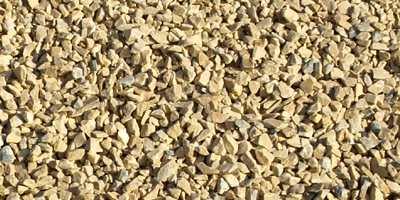
Plymouth Brown
Crushed dolomite marble in a brown color. Ideal for decorative landscape applications. Available in 3/8″ in only dark hue. (Tan is unavailable.)
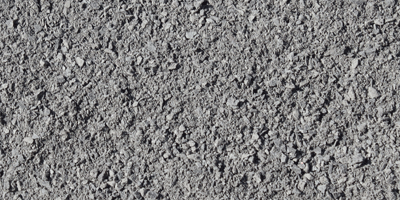
Stone Dust
Stone Dust is pulverized blue stone that provides an excellent leveling surface for both natural stone and paver driveways, walkways and patios. It is used in conjunction with quarry process stone to assure the correct leveling base by the most sought after masons. It should be installed in a 1 part dust, 2 part quarry process ratio for most applications.
Stone Calculator
How is crushed stone used in landscaping or construction?
Crushed blue stone is a popular choice for use in landscaping and construction projects due to its attractive color and versatility. Some common ways that blue crushed stone is used in these applications include:
- As a decorative element: Blue crushed stone can be used to add visual interest and contrast to gardens, pathways, and other outdoor spaces. It can be used as a decorative topping for pathways and driveways, or as a border around gardens or other landscaped areas.
- As a base layer: Blue crushed stone is often used as a base layer for landscaping and construction projects. It provides a stable and durable foundation for paving stones, retaining walls, and other structures.
- As a drainage layer: Blue crushed stone can be used as a drainage layer in construction projects to help redirect water flow and prevent erosion. It is often used in conjunction with other materials, such as gravel or sand, to create a stable and effective drainage system.
Overall, crushed stone is a versatile and attractive material that can be used in a variety of ways to enhance the function and appearance of landscaping and construction projects.
Are there any special considerations to keep in mind when using crushed stone?
There are a few special considerations to keep in mind when using crushed stone in landscaping or construction projects:
- Compatibility with other materials: It is important to ensure that crushed stone is compatible with any other materials that will be used in the project. For example, if you are using crushed stone as a base layer for paving stones, make sure that the stone is the appropriate size and shape to provide a stable foundation.
- Drainage: If you are using crushed stone as a drainage layer, it is important to carefully consider the slope and layout of the area to ensure that water is properly redirected and does not pool or erode the surrounding soil.
- Weeds: crushed stone can help to suppress weeds and prevent them from growing through the surface, but it is important to apply a weed barrier or use other weed control measures to ensure that weeds do not become a problem.
- Maintenance: crushed stone may require occasional maintenance to keep it looking its best. This can include raking the stone to keep it smooth and even, or replenishing the stone if it becomes too thin or uneven.
It is important to carefully plan and execute your landscaping or construction project to ensure that crushed stone is used effectively and to its full potential.
